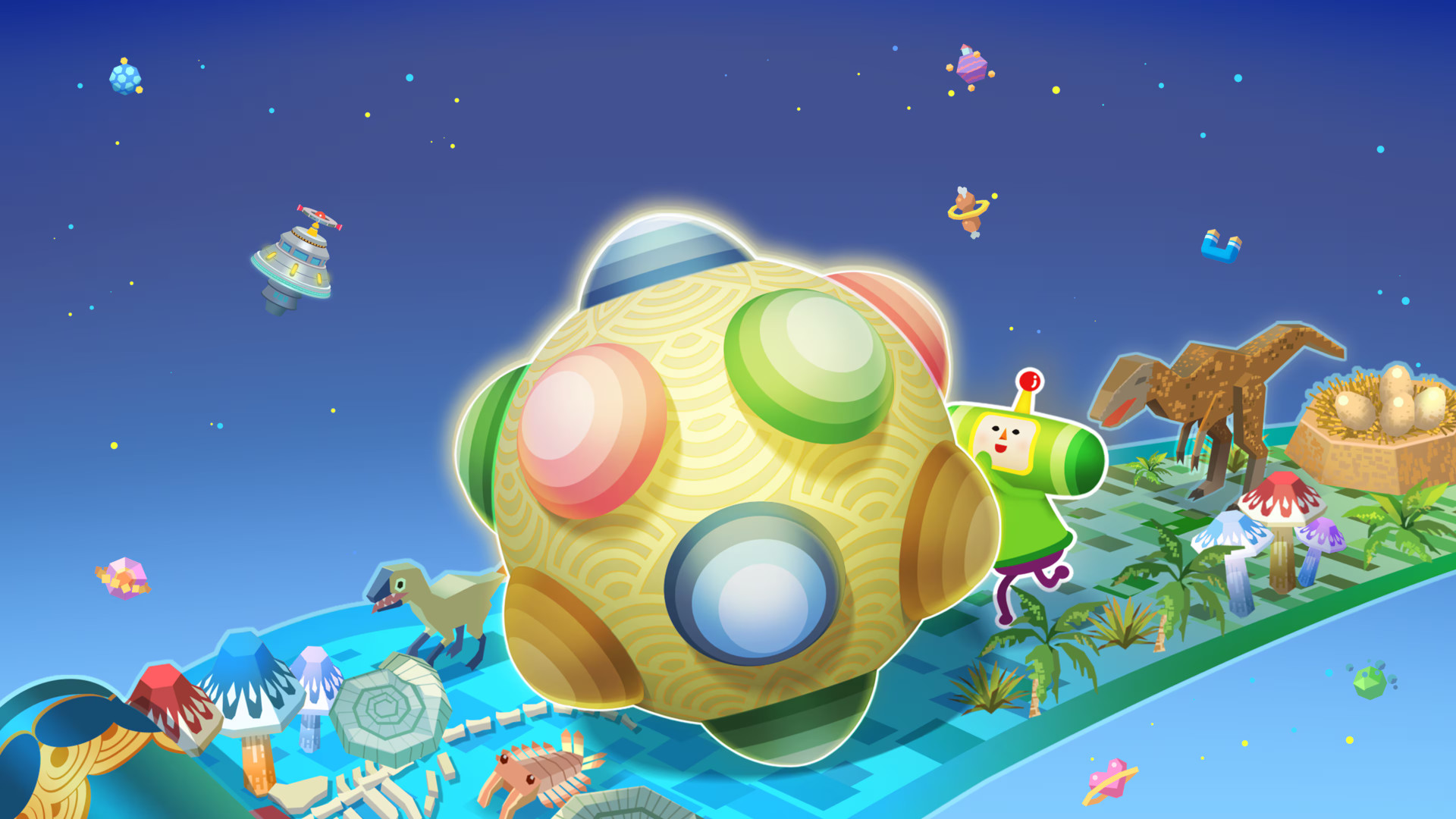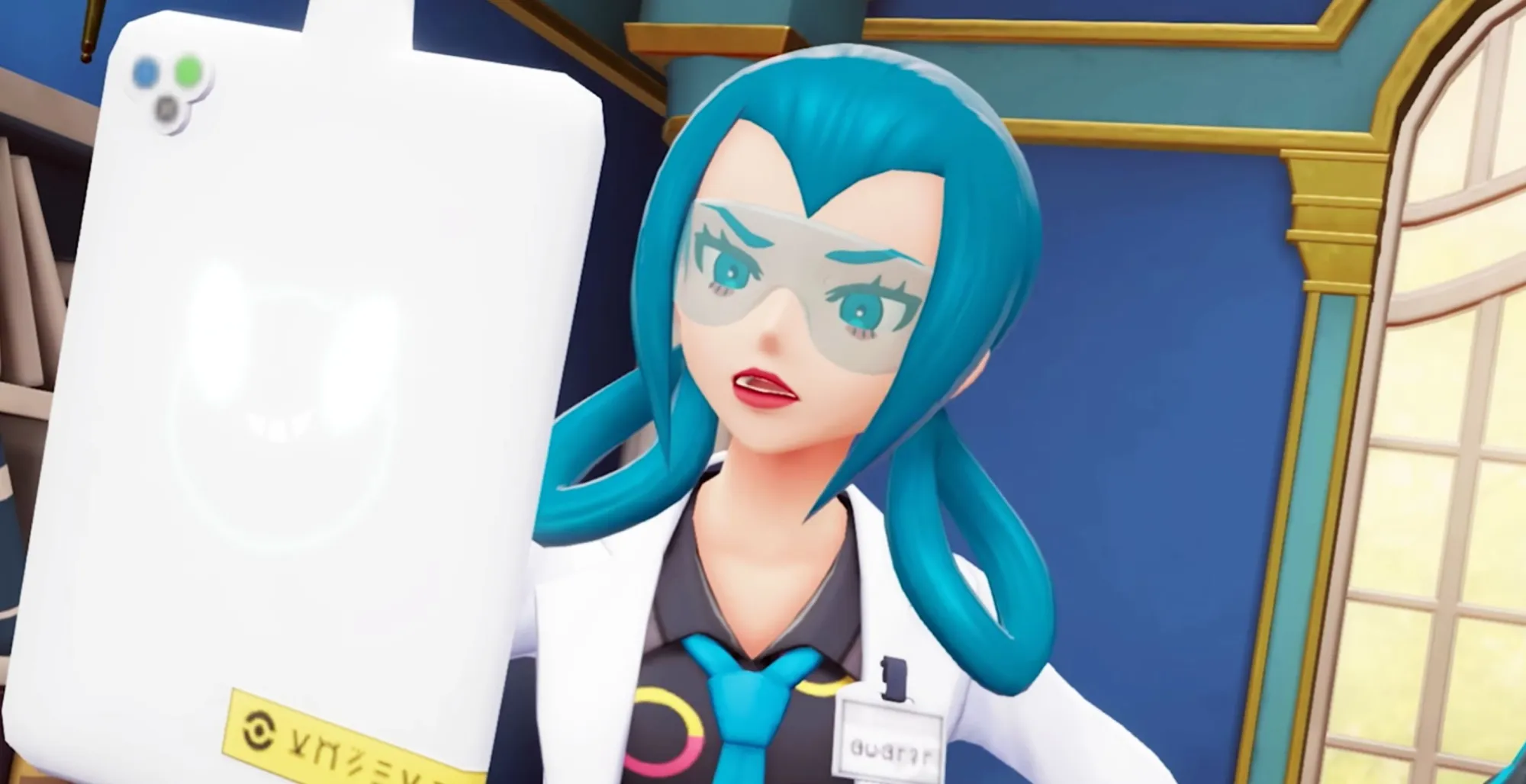Copyright shacknews

Unless you’re sitting in the ludicrously small mid-section of a Venn Diagram comparing “Katamari Damacy fans” and “Apple Arcade subscribers,” you’ve probably been waiting upwards of 14 years for a new Katamari game that isn’t a remaster or wacky spin-off. And Touch my Katamari was a PS Vita game, so that’s a barely deeper pool than the Apple one. Once Upon a Katamari is the series’ return to the “main” platforms, bringing a brand-new Katamari experience to consoles and PC. The goal here seems to be packing as much gosh-darned Katamari gameplay into this bad boy as possible, for better or worse. Yeah! My god… it’s full of Katamaris! Once Upon a Katamari is a time travel story, in which the King of All Cosmos finds a history scroll, then being a silly, prancing elder god mixed with a confetti cannon, launches it into the stratosphere while playing with it. This causes… problems, I guess? Anyway, The Prince gets involved, and the King sends him on a special spaceship that can travel across time and space to go help people in different historical periods by way of his Katamari-rolling powers. You’ll visit feudal Japanese sushi chefs, cowboys, dinosaurs, and much more as you roll around and pick things up to create magic stars. Welcome to Katamari if you’re new, by the way. It’s a little silly around here. So much to see and do Like I said before, this thing is packed. There are several time periods (think worlds), several stages within, and each stage has multiple alternative objectives to tackle. Each stage also has hidden collectibles that power progress, meaning not only do you have to play the regular way, you also have to be on the hunt for specific, hidden baubles. Meanwhile, as you play you’ll unlock a bajillion smaller things, such as alternative playable characters, decorations for said characters, music tracks, emotes, a codex of all the junk you roll up, and many more things I’ve probably forgotten because there’s too much to hold in my head all at once. This is a Katamari you can play for hours and hours and still have stuff to do besides chase high scores. And there’s multi-player! Cosmic chaos Katamari is inherently a chaotic game, despite its adorable, silly visuals and legendarily chill music tracks such as Lonely Rolling Star (the GOAT, in my humble opinion). There’s a lot going on, only so much time to engage with it all, and that’s a big part of the series’ classic appeal. It’s a score-challenging arcade game at heart, with the original game’s scope mostly about trying to make the biggest Katamari within the time limit. Over the years in order to justify sequels and fuel a franchise, Katamari has grown more complicated. Here you’re constantly dealing with different types of objectives, from collecting objects based on price, to cleaning up a small space, to only getting credit for specific object categories (drinks, dinosaurs, gold, etc). This mixes up the gameplay effectively of course, as it tricks your brain into thinking you’re doing different things while effectively doing the same thing. That’s not a knock, that’s just how it works. One way Once Upon changes the formula is making things a little more expansive, not only having more cutscene material in and between stages, but also expanding stages, opening up new areas for you to explore partway through a level and making a big show of it. That’s fun! You dropped these, King of All Cosmos Less fun is the collectibles part. Each level has three crowns, and almost like a New Super Mario Bros. game, collecting those crowns is how you open up levels along the story. If you ignore them or struggle to find them, you’ll hit a dead end pretty fast. The crowns range from obvious to hidden quite well, and sometimes you’ll need to have a pretty big Katamari built up to even be able to grab them, which is especially annoying when the first time you play a level is a challenge that inherently prevents you from being the right size. The worst part is Katamari isn’t exactly the right kind of game for pixel hunting, even if you aren’t exactly doing intense detective work most of the time to find these things. It’s a chaotic game by nature, with a lot going on at once, a fast and time-sensitive gameplay pace, and a camera you sometimes have no choice but to let Katamari Jesus take the wheel for while you focus on rolling things up. Now I have to actually pay attention to look in nooks and crannies for super specific objects, and I can’t keep playing if I don’t find them? Rude. My annoyance here is compounded by how often the action gets straight up blocked by the King of All Cosmos himself. That dude does not stop yapping, ever, and his yapping (as funny as it can be) takes up so much screen real estate I can’t see what I’m doing whenever he speaks. It’s like dialogue during a Dynasty Warriors level, but instead of the lower thirds I have to divert my line of sight to if I care to read, that stuff is planted right in the middle, right where I want to be looking to see and understand where I’m going and what the heck I’m doing. Please, your majesty, I’m trying to find your stupid crowns that you lost, so I can keep playing the video game. Please shut the hell up, I am begging you. As annoying as that is, it’s kind of the only black mark on the totality that is Once Upon a Katamari. Otherwise it’s basically the kind of greatest hits-style structure you’d expect from a quirky, arcade-style franchise game over a decade removed from its last major entry (unless you’re in the Apple Arcade mines). It’s got everything you’d expect to see but more of it, lots of unlockables, music DLC, self-referential content out the wahzoo, so on and so forth. It’s a lot of fun even if Katamari’s trademark weirdness isn’t so weird anymore, and it doesn’t really seem to have ambitions to redefine anything (not that it needs to). Aside from the whole crown thing putting me off, it’s been a blast picking away at the experience piece by piece. And listening to Lonely Rolling Star in the menu. On repeat. A lot. Once Upon a Katamari is available on October 24, 2025 for the PC, Nintendo Switch, PlayStation 5, and Xbox Series X|S. A PC code was provided by the publisher for this review.



